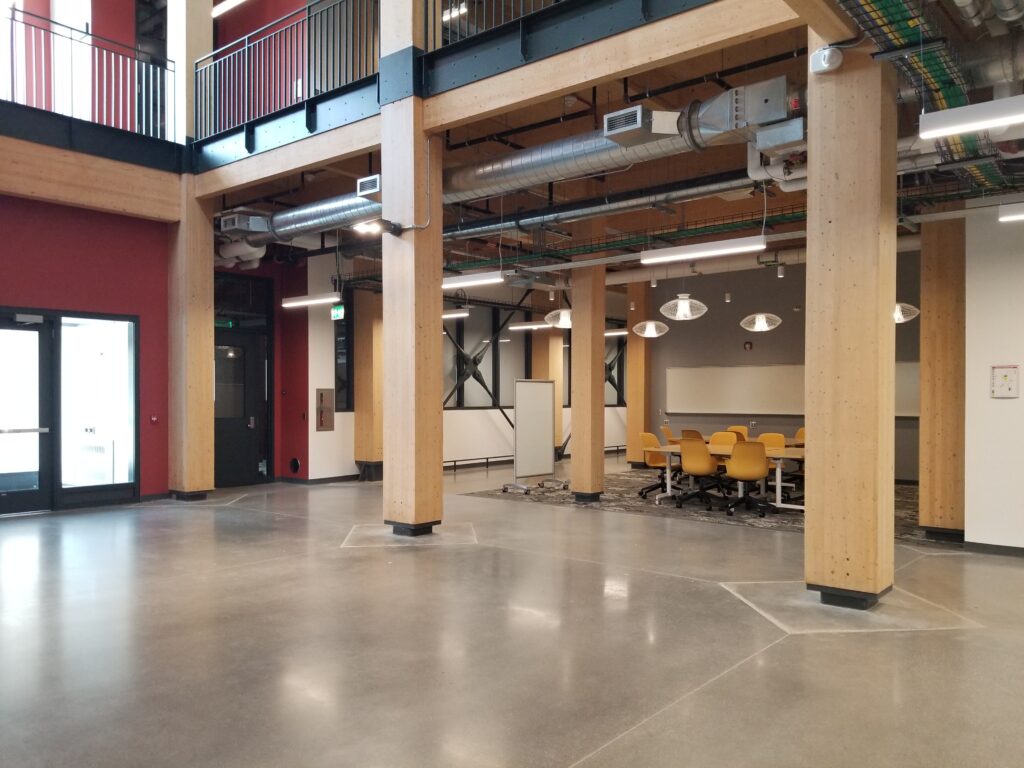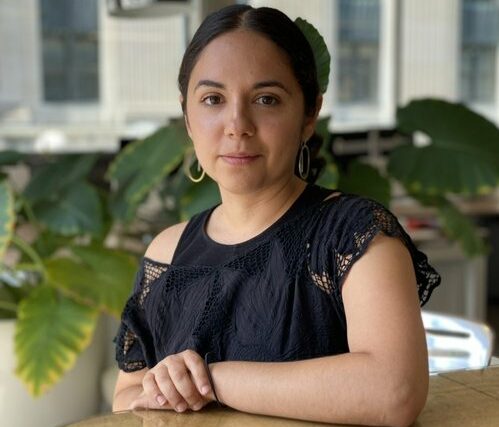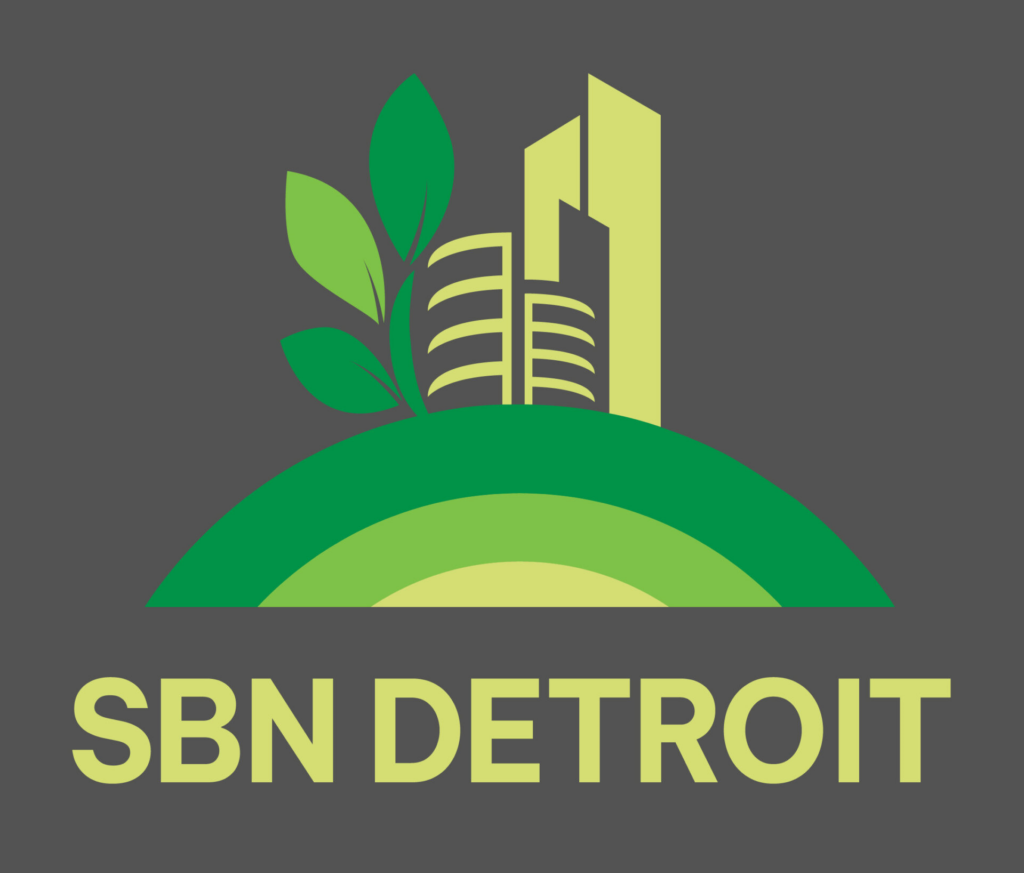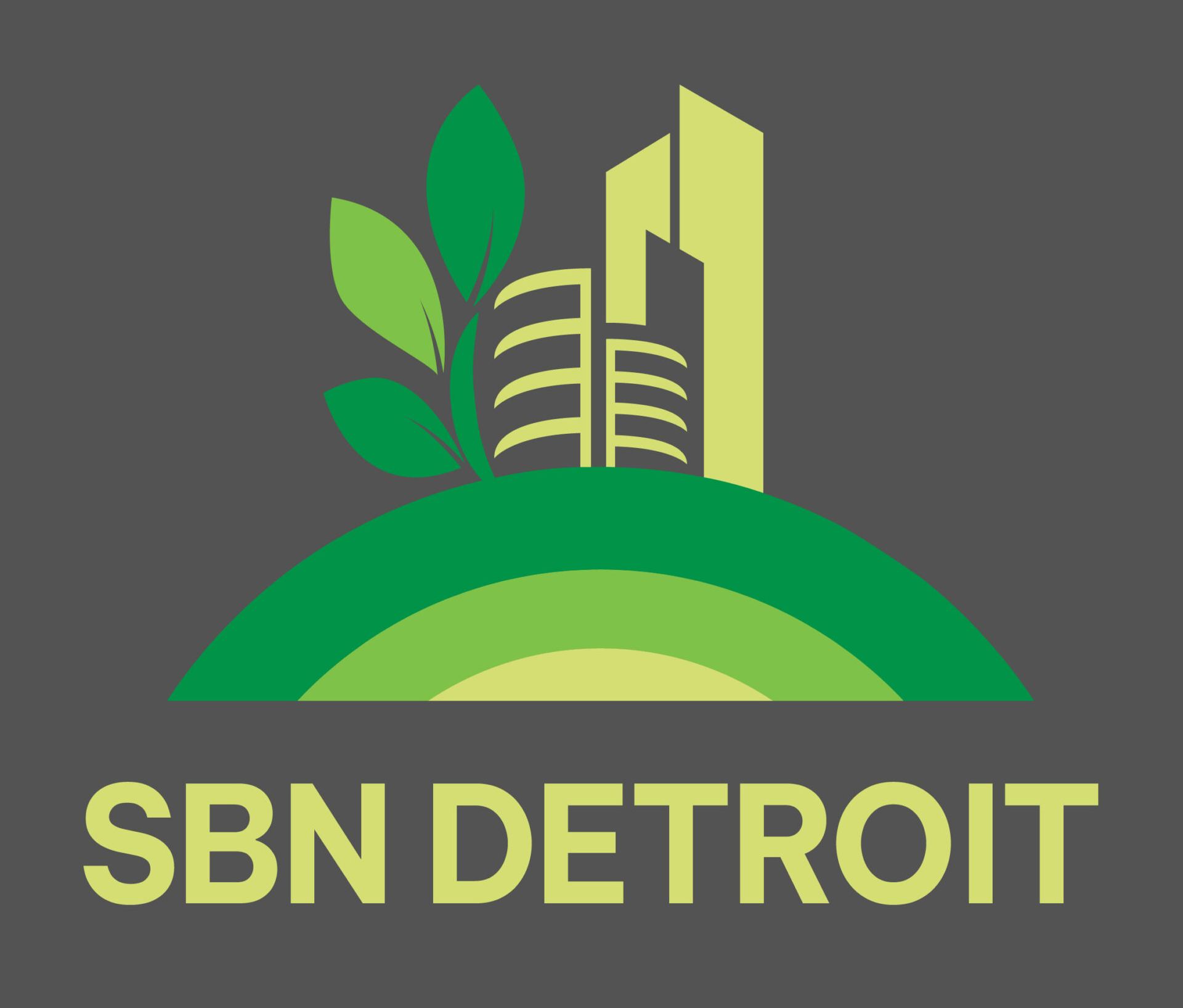Building with Purpose

MassTimber@MSU is a cross-disciplinary initiative at Michigan State University dedicated to advancing mass timber construction and manufacturing in Michigan. Collaborating with partners across construction, forestry, development, and state agencies—including the Michigan Department of Natural Resources—the initiative leverages MSU’s land-grant mission through research, teaching, stakeholder engagement, and policy development to build a sustainable mass timber future for the state. SBN Detroit interviewed Sandra Lupien, Director of MassTimber@MSU, about the environmental, economic, and design implications of mass timber and the growing momentum behind the material in Michigan and beyond. Q: What is the MassTimber@MSU initiative, and what inspired its creation? A: MassTimber@MSU is a collaboration across MSU’s School of Planning, Design and Construction, Department of Forestry, and MSU Extension. We work with partners across the state—including construction professionals, foresters, community and development organizations, and state agencies like the Michigan Department of Natural Resources—to advance mass timber construction and manufacturing in Michigan. Our approach reflects MSU’s land-grant mission: research, teaching and curriculum development, stakeholder engagement, and policy exploration that could support mass timber adoption. Since I started in this role in July 2021, momentum is growing. There are now more than 65 mass timber projects in the pipeline in Michigan. The STEM Teaching and Learning Facility on MSU’s campus, which is the second building in the state to use cross-laminated timber (CLT), helped demonstrate what’s possible. And we’re now seeing serious interest from prospective producers who are looking to locate in Michigan. Q: What are the environmental benefits of mass timber in terms of sustainability, carbon reduction, and climate resilience? A: This is exactly what drew me to mass timber. It’s a tool in our toolkit to reduce carbon emissions, support sustainable communities, and help foster healthier, more resilient forests. Globally, the built environment accounts for about 39% of greenhouse gas emissions—28% from building operations and 11% from construction materials like concrete, steel, and glass. These materials are essential, but they’re energy-intensive to produce. Wood, by contrast, is a renewable resource that stores carbon. When we use wood in construction, we’re not only lowering a building’s embodied carbon footprint—we’re also locking that carbon into the structure itself. At MSU, the STEM Teaching and Learning Facility contains roughly 3,000 cubic meters of mass timber, which stores about 1,856 metric tons of carbon dioxide equivalent. That’s comparable to removing the emissions from 4 million miles driven by an average car. Mass timber buildings, in this way, become carbon storage banks. On the forestry side, we know that many forests evolved with low-intensity natural fires that helped maintain healthy densities. Today, many of our forests are overcrowded, which makes them vulnerable to pests, disease, and catastrophic wildfire. Because of past logging practices and fire suppression, we have an obligation—and opportunity—to steward forests more sustainably. When we do that, we can produce wood that extends the climate benefits of trees, especially if that wood would otherwise decay or burn. Q: How are MSU students and faculty engaging with mass timber—from design to research to real-world application? A: There are three main academic areas deeply engaged with mass timber: Construction Management, Forestry and Biochemistry, and Civil and Environmental Engineering. We have undergraduates, master’s students, and Ph.D. candidates working with faculty on projects across those disciplines. In Construction Management, Professor George Berghorn is developing mass timber curriculum modules that can be used nationally in engineering and construction programs. In Forestry, Professor Mojgan Nejad is doing incredible work on developing bio-based adhesives and coatings for use in mass timber—replacing fossil-fuel-based polyurethane with lignin-based alternatives. She’s actively working toward commercialization. We’ve also done economic research to analyze supply chains and survey demand, which helps inform developers and policymakers. And beginning Spring 2025, we launched a new course focused entirely on mass timber, led by Dr. George Berghorn and tailored for both undergraduate and graduate students. Q: From an economic perspective, how could mass timber help revitalize Michigan’s forestry sector and rural economies? A: We’ve modeled the economic impacts of launching a 50,000-cubic-meter-per-year mass timber manufacturing facility in Michigan. The results are exciting: such a facility would contribute $152 million to the state’s GDP and support 318 jobs. There’s a strong need to find new uses for Michigan wood. With the paper industry in decline and other traditional markets shifting, mass timber presents an opportunity to create high-value products that support Michigan jobs and rural economies. Q: How does the initiative align with Michigan’s climate goals or sustainable development strategies statewide? A: The MI Healthy Climate Plan, which outlines the state’s climate goals, directly mentions mass timber three times—as a key strategy for reducing emissions in the built environment and managing natural lands sustainably. The City of Lansing’s Sustainability Action Plan also highlights mass timber, and East Lansing has even amended its zoning ordinance to incentivize developers to use mass timber and build LEED-certified projects. It’s encouraging to see this kind of policy support—it sends a signal that mass timber can and should be part of Michigan’s climate solution. Q: What does Michigan’s existing forest resource look like, and how does sustainable forestry tie into your vision? A: Healthy, resilient forests are the foundation of everything we do. In Michigan, about 70% of our forest resource is hardwood and 30% is softwood. Most mass timber products currently certified for use in the U.S. are made from softwoods. That said, Michigan does have suitable softwood species. For example, red pine was certified for structural use because the Michigan DNR prioritized using Michigan wood in a customer service building in the Upper Peninsula. That’s a great example of state leadership driving local wood utilization. As the industry evolves, there’s potential to expand the species we can use in mass timber production. Q: Looking ahead five to ten years, what’s your boldest vision for the impact of the Mass Timber Initiative? A: I’d like to see commercial buildings—everything from multifamily housing to community centers to industrial facilities—considering mass timber from the outset, not as a novelty but as a viable, mainstream option. Mass timber
ROSSETTI Architecture Shares On its Sustainability Practices

SBN Detroit spoke with Paulina Reyes, a registered architect, and designer at ROSSETTI who leads the ROSSETTI Sustainability Lab. In addition to her current role at ROSSETTI, Reyes possesses a dedicated background in design-based research, community outreach, and the development of pedagogical efforts connecting cultural programming with the tools of architecture and urbanism. She acted as Project Designer-Manager for Estudio Teddy Cruz + Fonna Forman, leading architectural and urban projects across the US-Mexico border, including fieldwork, and cross-border internship programming. Sustainability has remained a focus of her work as a previous Design Fellow with the University of Michigan and Fulbright recipient in which she developed research on water sustainability in the context of self-governance and low-income public housing in Mexico City. The ROSSETTI Sustainability Action Plan calls for embracing and integrating sustainability practices in every facet of their work, believing that prioritizing sustainability is not just a mantra; it offers a vision forward in a rapidly changing world as a means to educate, innovate, and push their work farther than ever before. Q: Please share the sustainability practices and work ROSSETTI has in place. A: Sustainability has been a feature of our work for some time. We have several past LEED projects that demonstrate the impact of sustainable design. Louis Armstrong Stadium, for example, is the world’s first naturally ventilated stadium, certified as LEED Silver, and it also won the AIA Detroit Building Award with recognition for sustainability. The UCLA Health Training Center, the training facility for the Los Angeles Lakers, achieved LEED Platinum through innovative use of solar mitigation strategies, including vertical shading that doubles as signage and a PV solar array that reduces energy consumption by 30%. The particular inflection of sustainability through sports work is an interesting one, as sports projects by nature are large civic projects that reach huge numbers of people, and hinge specifically on supporting the performance of elite athletes, their health, and well-being. At ROSSETTI, we are interested in furthering this connection with sports and sustainability in addition to our work at large. Q: What are your short-term and long-term goals when it comes to sustainability? A: One short-term goal is to simply shift awareness and culture around environmental impact. Even just being conversant in the basic tenets of sustainability can help designers and clients alike think differently about our approach and how we define value for a project. Like many others, we have long-term goals to address and reduce emissions in a big way. Most of our clients these days have ambitious goals and mission statements around reducing or even eliminating emissions within the next few decades. Given that this is easily within the lifespan of our projects, this requires that we address emissions (both operational and embodied) as drivers in our design process from the beginning. GHG (greenhouse gas) emissions are the primary source of global climate change and present an easily quantifiable metric for benchmarking and evaluating success. I would like to see ROSSETTI’s projects take on the challenge of benchmarking, measuring, and reducing emissions in all of our projects moving forward. Q: What is the Sustainability Lab? A: Initially launched in March 2021, the ROSSETTI Sustainability Lab is represented by an interdisciplinary array of staff members from across our office, from design to marketing to project management. We meet on a biweekly basis to discuss ongoing initiatives, and outreach to others in the field. A core group of our members works on advancing various sustainability efforts in the office. We also have a lively Zoom group chat! Q: How do your sustainability practices come into play when choosing vendors? A: We prefer to work with vendors that prioritize sustainability in their products. We work with reps like Susan Hall (Eco Surroundings) who only represent sustainable materials like Plyboo, Durat, Baux, DuraPalm, and more. Luckily, a lot of industries, particularly for interior finishes like carpet or porcelain tile are already headed in that direction. We are consistently meeting with vendors to see what’s new and identify projects that can support our client’s sustainability goals, including LEED certification. Q: What about material choices? A: As a principle, we look to specify materials that are responsible, durable, and locally sourced. Some examples include Interface Carpet, Unika Vaev (acoustic materials), and Fireclay, which is made in the USA with zero waste and mindful manufacturing. We also work with Haworth, who does a lot of recycling/reuse of material and recently earned zero waste to landfill status and just launched a more rapidly biodegradable textile. We try to avoid materials that off-gas or contain harmful chemicals like VOCs (volatile organic compounds), including epoxy or vinyl. Specifying more sustainable materials can also support other goals for clients, for example, more durable finishes or furniture that don’t need replacement as often, or local materials which reduce lead time. Q: Beyond vendors and material choices – what else do you look at? A: When it comes to materials, whether interior finishes or building structure, embodied carbon is also an extremely important metric and one which we are looking more into. There currently exist many avenues for measuring embodied carbon, software like EC3 or Tally, or environmental product declarations (EPDs) for specific products or industries. Beyond that, water use, energy use, and waste production are also key metrics for evaluating the sustainability of our projects. Q: ROSSETTI believes that sustainability is key to client success – please elaborate. A: Sustainability, beyond being a social imperative, is quite simply put, good for business. Sustainable buildings offer a host of financial benefits to clients: operational savings, higher sale or rental value, lower asset risk, and insurance premiums. To give an example, the PV solar array installed on the LEED Platinum Los Angeles Lakers practice facility not only offsets 12.6 million pounds of carbon dioxide annually but saves the Lakers $38,000 a year in operational costs. There is also obviously a broader value proposition to sustainability that includes human health and well-being, community value, and experiential opportunities to


